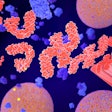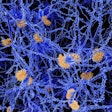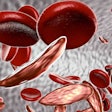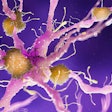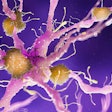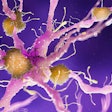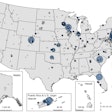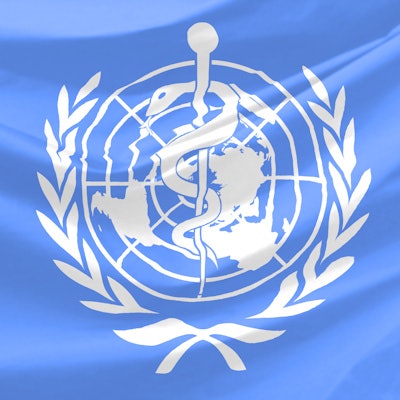
The World Health Organization (WHO) is stressing containment of the novel coronavirus amid reports that the number of new cases outside China is larger than the number inside China for the first time.
According to the WHO's latest situation report, there are 81,109 confirmed cases worldwide of novel coronavirus disease (COVID-19), with 78,191 cases and 2,718 deaths reported in China. Outside of China, 2,918 cases have been confirmed and 43 deaths reported.
The global tally now includes cases reported in four additional WHO member countries:
- Algeria
- Austria
- Croatia
- Switzerland
During a February 26 briefing to member states, WHO Director-General Dr. Tedros Adhanom Ghebreyesus noted that only 10 new cases were reported in China outside of Hubei province the prior day. To put the case numbers in context of population size, China has a population of 1.4 billion, and the world population is 6.3 billion.
"Do not mistake me: I am not downplaying the seriousness of the situation, or the potential for this to become a pandemic, because it has that potential," he said. "On the contrary, we are saying that this virus has pandemic potential and WHO is providing the tools for every country to prepare accordingly."
He also noted that in nine countries, there have been no new cases for more than two weeks:
- Belgium
- Cambodia
- Finland
- India
- Nepal
- Philippines
- Russian Federation
- Sri Lanka
- Sweden
"The primary objective of all countries with cases must be to contain the virus," Ghebreyesus said.
Experience in these countries shows containment is possible, in the WHO's view. Using the word "pandemic" at this time would provoke fear and stigma and paralyze systems, he said.
"It may also signal that we can no longer contain the virus, which is not true," Ghebreyesus said. "We are in a fight that can be won if we do the right things."
With the help of WHO tools, every country needs to be ready to detect cases early, isolate patients, trace contacts, provide quality clinical care, prevent hospital outbreaks, and prevent community transmission, he explained.
New U.S. test kits not ready yet
In the U.S., the Centers for Disease Control and Prevention (CDC) reported on February 26 that 445 people have been tested through public laboratory surveillance, with 14 cases confirmed. The agency is reporting cases for repatriated people separately; so far, there have been three positive cases in people coming from Wuhan, China, and 42 from the Diamond Princess cruise ship.
During a February 25 press briefing, the CDC noted that its aggressive efforts at containment -- including the detection and isolation of cases and travel restrictions -- have been successful. Community spread has not been reported in the U.S., but containment will become harder and harder as community spread is reported in other countries, according to the agency.
"Ultimately, we expect we will see community spread in this country," said Dr. Nancy Messonnier, director of the CDC's National Center for Immunization and Respiratory Diseases. "It's not so much a question of if this will happen anymore but rather more a question of exactly when this will happen and how many people in this country will have severe illness."
Officials emphasized the importance of nonpharmaceutical interventions (NPIs) in responding to the threats posed by the novel coronavirus, in line with the approach to influenza pandemics. The types of interventions deployed will vary depending on the locality. They could include personal interventions, such as voluntary home quarantine for people with close exposure to others who are sick, and social/community measures, such as school closures and the use of telework and telemedicine.
"These are preventive measures we recommend during influenza season," Messonnier said. "These NPIs are recommended during a pandemic regardless of the severity level of the respiratory illness."
The CDC has drawn some criticism for problems with coronavirus test kits it shipped to state and local labs. During the February 25 briefing, officials said they still did not have a timeline for how long it will take to resolve these issues. In the meantime, most testing is being done directly by the CDC.
"I am frustrated, like I know many of you are, that we have had issues with our test," Messonnier said. "I want to assure you that we are working to modify the kit and hope to send out a new version to state and local jurisdictions soon."
"Commercial labs will also be coming online soon with their own tests," she said. "This will allow the greatest number of tests to happen closer to where potential cases are."








